Pioneer DJ DDJ-200 vs DDJ-400
Pioneer DJ’s DDJ range is a super popular series of controllers for rekordbox DJ, Serato Pro and other digital DJ apps. The range features ten different units, each with a different price point and functionality, from beginner DJs all the way up to the high-end professional DJ controllers. In this feature, we’re going to explore the two most affordable and popular options, the DDJ-200 and the DDJ-400.
Both are aimed at entry-level DJs, mostly for home use, so they’re a great option if you’ve got a limited budget but want access to the Pioneer DJ ecosystem. With about a £100 difference between the two, it can be confusing as to what you’re getting for the extra outlay, what each is best for, what software they can control and what the difference between them is. Let’s find out.
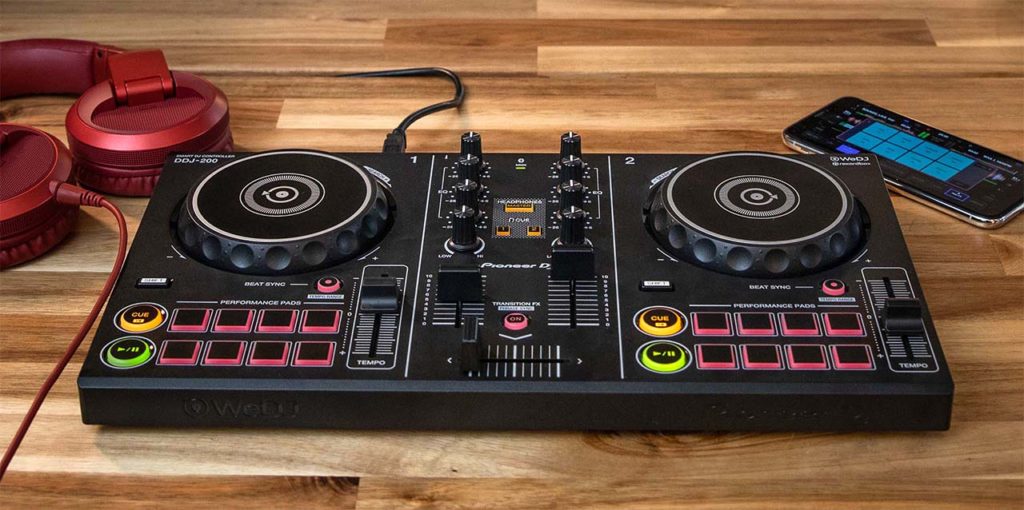
DDJ-200 by Pioneer DJ
Pioneer DJ DDJ-200
Price: £139
Pros: Affordable, works wirelessly with mobile devices
Cons: Small jog wheels, limited features, no audio outputs
Overview: A fun controller that covers DJ fundamentals but is very much aimed at beginners!
The DDJ-200 was introduced in 2019 and is primarily designed for use with the Pioneer DJ WeDJ app, though it does work with other software. It’s very much an entry-level piece of hardware and as you remove it from the box, you’ll notice how light it really is – good for throwing it in a backpack, but don’t throw it too hard.
The 200 is a very simple controller – it features two small-ish jogs, a Cue and Play button for each track as well as a Tempo Fader and eight performance pads with multiple functions that can be changed using your software of choice. There’s a sync button for keeping things in time and the mixer section features a three-band EQ and Color FX knob per track and a crossfader. That’s about it, though it does have some unique ways to get around its small form and limited control, which we’ll get to later.
To help justify its low price, the 200 is stripped back to the max – so much so that it doesn’t actually have any audio inputs or outputs of its own. Instead, it relies on using the outputs from either your mobile device – phone or tablet – or your laptop. The only cable on the 200 is a USB B port, which is used for power when using it with a mobile device or is used to plug it into your laptop, which also provides power. A controller without audio might seem weird, and it does take a little getting used to, especially if you want to cue up the next track in headphones. Most mobile devices and laptops only have one audio output, so where do you plug in your phone?

Limited I/O on the DDJ-200
Pioneer DJ provide a splitter cable in the box that splits the signal into two mono outputs to solve the issue. This function alone means that the 200 isn’t a pro piece of kit, and is very much aimed at house parties, BBQs or maybe some small functions or events. It’s not aimed at replacing a CDJ experience at home. One handy feature is the ability to use the controller wirelessly with mobile devices – simply open Pioneer DJ’s own WeDJ app and connect the 200, and you can immediately start DJing using the app. The 200 also supports Algoriddim’s uber-popular djay app, as well as VirtualDJ. For more serious DJing, it also works with Pioneer DJ’s rekordbox DJ on a laptop (though it doesn’t include a license, Performance mode will be active when you plug it in) as well as Serato Pro.
The mobile apps lean heavily on streaming services like Beatport for their music catalogue so you don’t necessarily have to store hundreds of tracks on your device, but you can if you’d prefer things to stay local.
While it might be stripped back, it’s got some useful features to dive into more complex DJ techniques without using up valuable real estate on the controller. As we mentioned, each deck has a Color FX knob, which defaults to a filter, but can be changed in the WeGo app. The options include Jet, Filter, Crush, Noise and Pitch. Turning the knob to the left and right will manipulate the FX in different ways. The eight performance pads can be used in Hot Cue mode – creating cue points to instantly jump back to throughout your track – Loop Mode, with each pad split into loop lengths, Pad FX that activates certain FX when pressed down and a Sampler, with pre-loaded sounds like airhorns, sirens and drums.
Overall, the 200 does well to pack features into a very small size – even if a few of them have to be changed using your DJ app. It is very basic, with small jogs that won’t be suitable for scratching or anything more than basic beat matching. Browsing functions are very missed also, and the audio splitter isn’t ideal either. And while it’s light, it also feels a little flimsy, especially the EQ knobs. If you just want to mess around with friends and learn the very basics, the 200 is a fun intro to fundamental DJ concepts. If you have ambitions beyond the kitchen table, the 400 is probably a better place to start.
Pioneer DDJ-200 Course
If you’re ready to learn how to make the most of your DDJ-200 or need guidance on your journey to becoming a DJ then check out our dedicated course which will help you get from plugging in, to performing creative transitions and mixes with your favourite music.
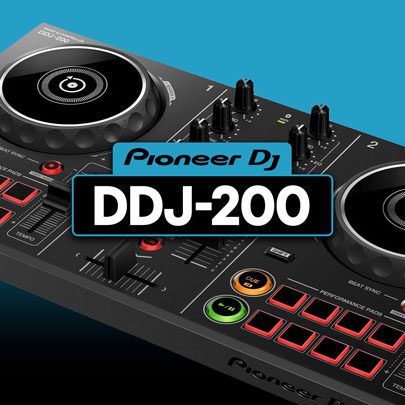
Pioneer DJ-200 DJ Course
4.75 hours
28 lessons
Beginner
Pioneer DJ DDJ-400
*** Note – Pioneer DJ have now dropped an incredible successor to the DDJ-400! Check out our article on the DDJ-FLX4 to learn about all of its awesome upgraded abilities ***
Price: £249
Pros: Mimics industry-standard DJ layouts, audio out and mic input, feature-rich in a small format
Cons: Jogs don’t feel pro, build quality not amazing but as expected for this price point
Overview: A favourite among hobbyists and pros alike, the 400 is a flexible unit that offers almost everything you need to start your DJ journey
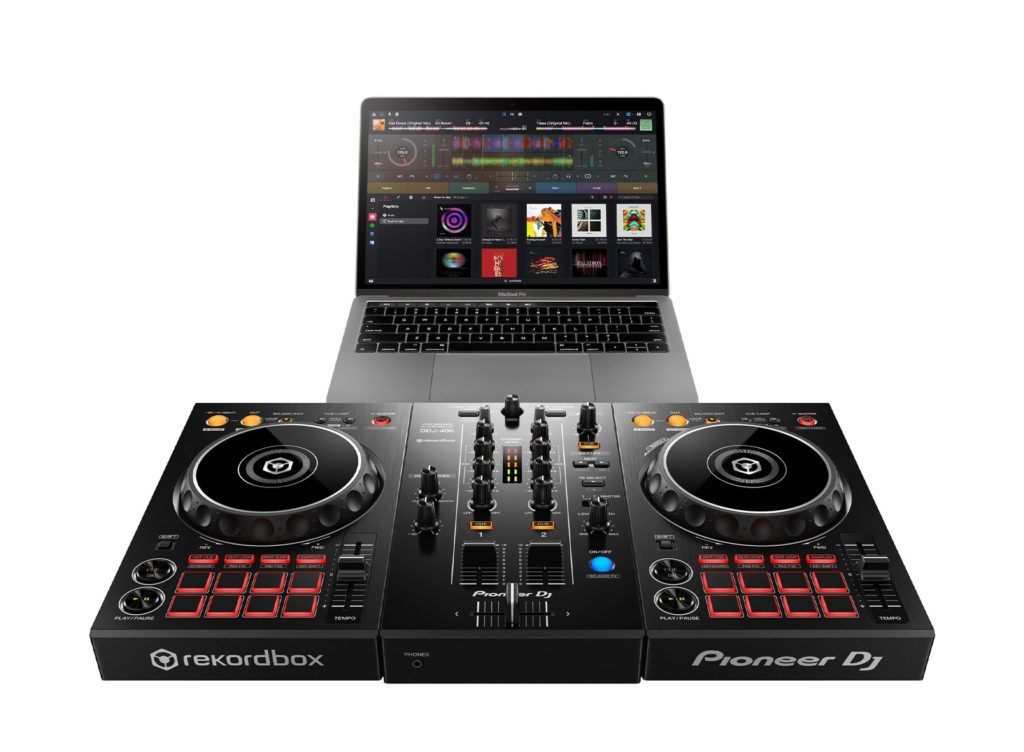
Pioneer DJ DDJ-400 with Rekordbox
The DDJ-400 is one of Pioneer DJ’s most popular controllers. So popular, in fact, that during the pandemic it was almost impossible to get hold of due to it being snapped up by pros and amateurs alike. While its price and size imply it’s aimed at beginners, Pioneer DJ has done an excellent job in designing it to reflect the same layout and functionality of its high-end CDJ and DJM mixer range.
Compared to the 200, you’ll immediately notice the difference in the amount of control. The DDJ-400 features the same eight performance pads, three-band EQ, filter and crossfader, but it also offers dedicated control for FX and looping, a gain knob per channel, the ability to change the pad mode from the hardware and of course, unlike the 200, volume and headphone control. The 400 features its own dedicated RCA (red and white) outputs, with a master out and a dedicated 3.5mm headphone jack for cueing. There’s even a quarter-inch mic input for shoutouts. There is no dedicated booth output, though you’d expect that from something at this price. You can also browse and load directly from the controller, something we missed on the 200. Out of the box, it’s bigger and weightier than the 200, but could still fit in a modest-sized backpack.
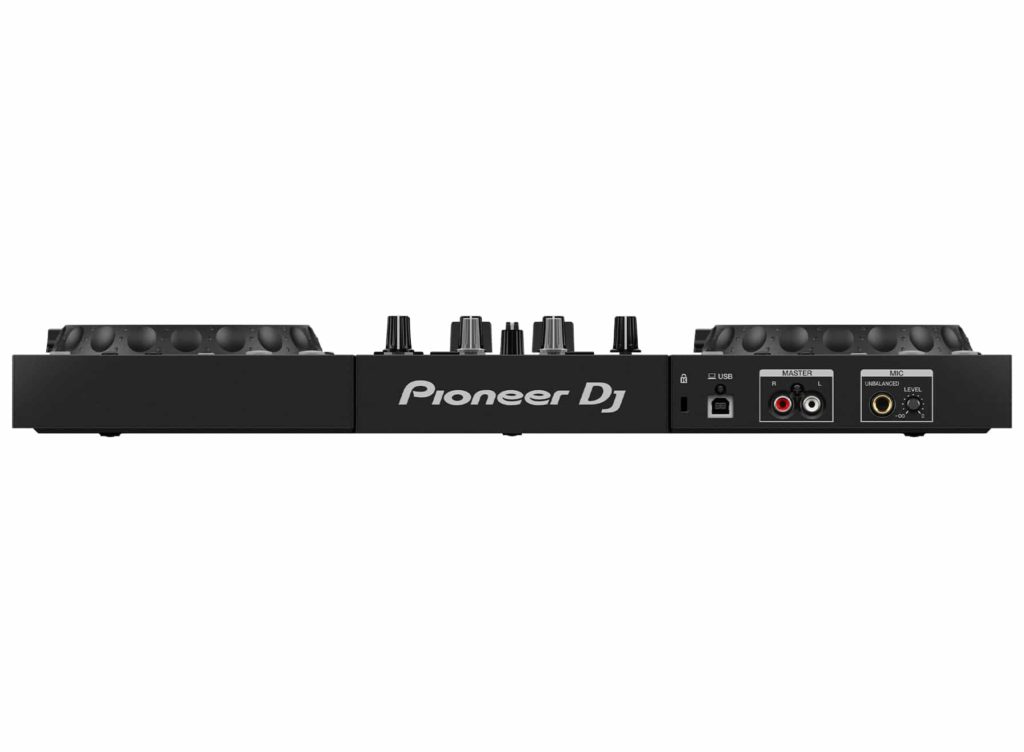
DDJ-400 inputs and outputs
The main difference aside from the audio, is the jogs – they’re much bigger and feel more professional with a satisfying torque and finger indents for more accurate and subtle mixing. Where the 200 is aimed at mobile apps, the 400 is very much designed to work with rekordbox DJ, which is a better place to start if you intend to take DJing seriously. The aforementioned FX control is still fairly limited but it does allow you to select your effect, assign which deck is being affected (or the master), adjust the depth and turn it on and off with the blue button you may recognise from the DJM mixer range. As we mentioned, that is definitely one of the big plusses with the 400 – you can start to familiarise yourself with Pioneer DJ’s layout and button styles, before moving to a more pro kit. Some of the shift functions also let you dive in further, including tap tempo for FX and editing cue and loop points.
Build-quality wise, the faders feel a lot more sturdy than the 200, especially the volume and tempo faders, while the crossfader remains looser for quick scratching.
It’s worth mentioning though that the 400 isn’t locked to rekordbox DJ and can be used with a whole heap of software including Algoriddim djay Pro, Serato Pro and VirtualDJ. The 400 also does work with mobile devices, but not wirelessly like the 200. You’ll need the relevant adaptors to wire up USB devices to your tablet or phone, so make sure you investigate that before you purchase the 400. For rekordbox DJ, the 400 used to come with a license but since Pioneer DJ switched to subscriptions, all you’ve got to do is plug in the 400 and rekordbox will active Performance Mode. You don’t need to subscribe to any plan if you buy a 400 or 200.
Finally, the performance pads are super useful for a unit of this size. There are eight per deck, and there are also eight modes, giving a huge range of options including the usual Hot Cue and Beat Loop as well as two banks of Pad FX and even a Key Shift mode for playing cue points chromatically.
Pioneer DDJ-400 Course
We also have a dedicated dJ course for the DDJ-400. This course will help you get from plugging in, to performing creative transitions and mixes with your favourite music.
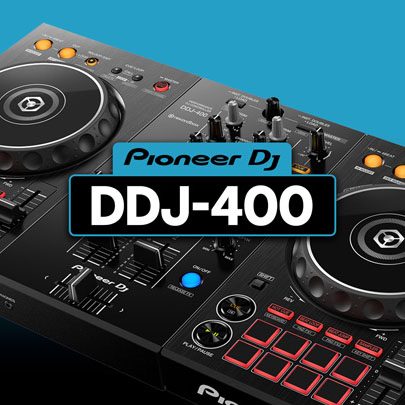
Pioneer DDJ-400 DJ Course
7 hours
30 lessons
Beginner
Conclusion
The 400 is quickly becoming a classic when it comes to entry-level controllers. As we mentioned earlier, it was a firm favourite during the pandemic for a quick and affordable way to recreate a stripped back version of a CDJ-DJM club setup. The jogs are more than acceptable and the audio out means it’s usable at events beyond your own kitchen or streams. It’s not built like a tank but that also makes it light enough to carry around along with your laptop or mobile device. Similar to the 200, the EQ knobs do feel a little wobbly, but the Cue, Play and performance pad buttons all click satisfyingly and feel like they’d last many years of parties, events, weddings or functions. A very solid option for your first controller, if your budget can stretch to it.
|
DDJ-200 |
DDJ-400 |
|
|
Price |
£139 |
£249 |
|
Audio outs |
No |
RCA Master output |
|
Microphone input |
No |
Quarter-inch input |
|
USB power |
Yes |
Yes |
|
Number of decks |
2 |
2 |
|
FX control |
Limited |
Extended |
|
Browsing control |
None |
Track and playlist selection |
|
Works with mobile devices |
Yes |
Yes |
|
Controls rekordbox DJ |
Yes |
Yes |
|
Headphone output |
No |
Yes |

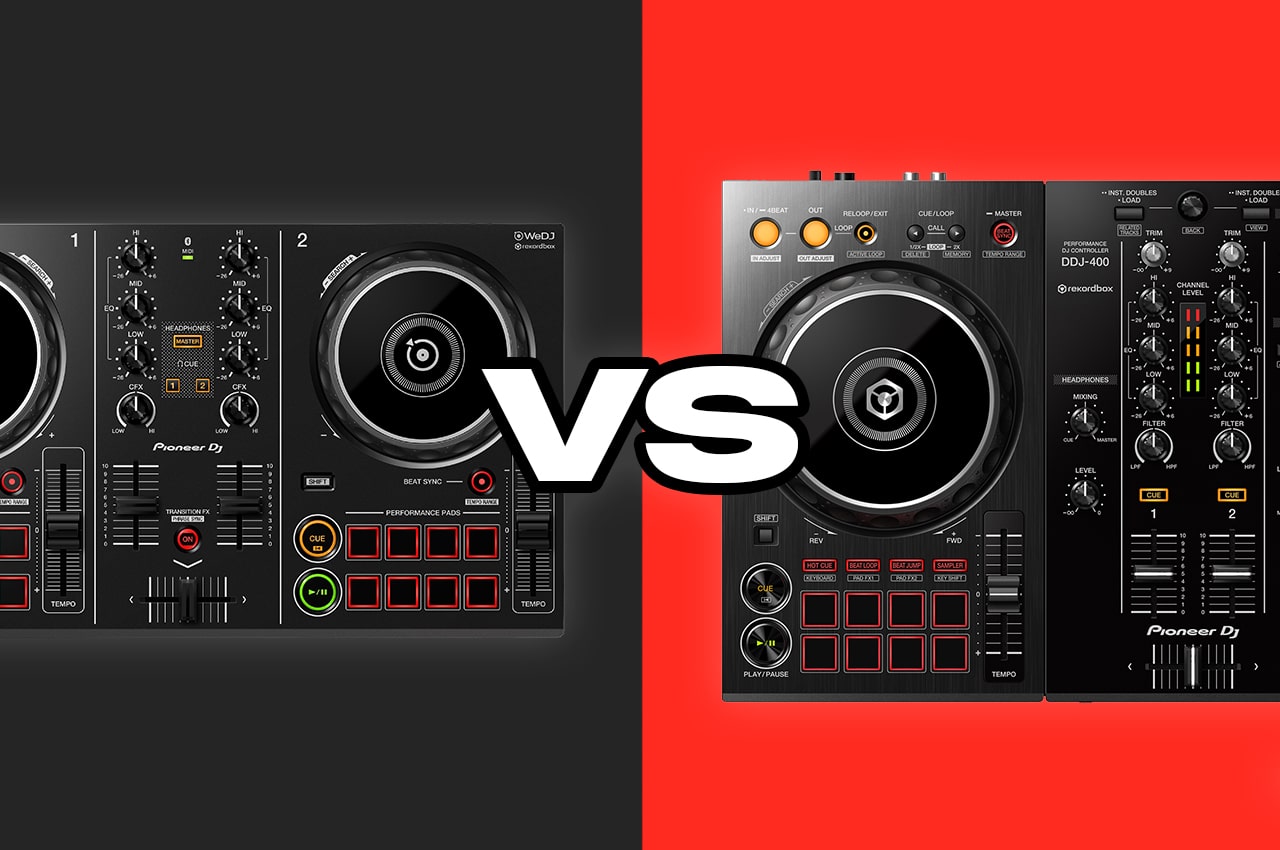
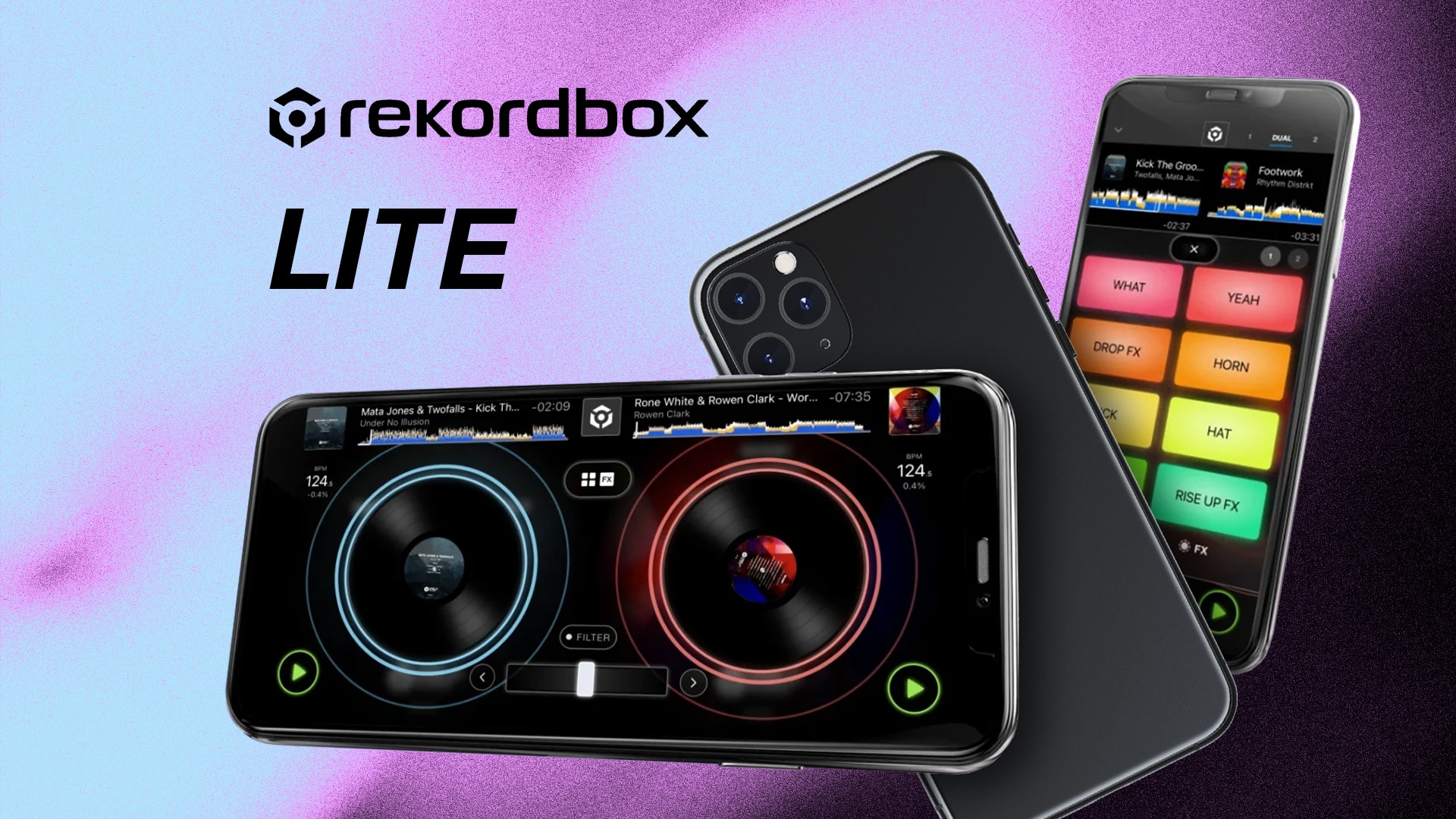
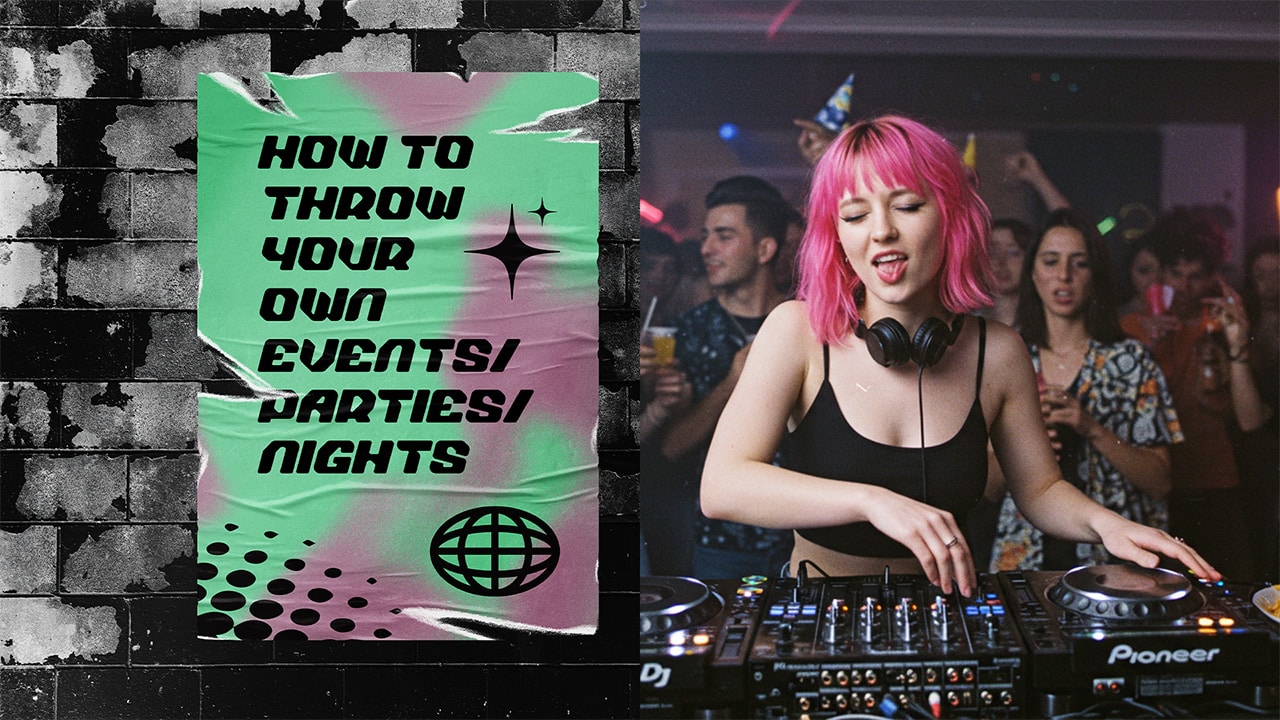
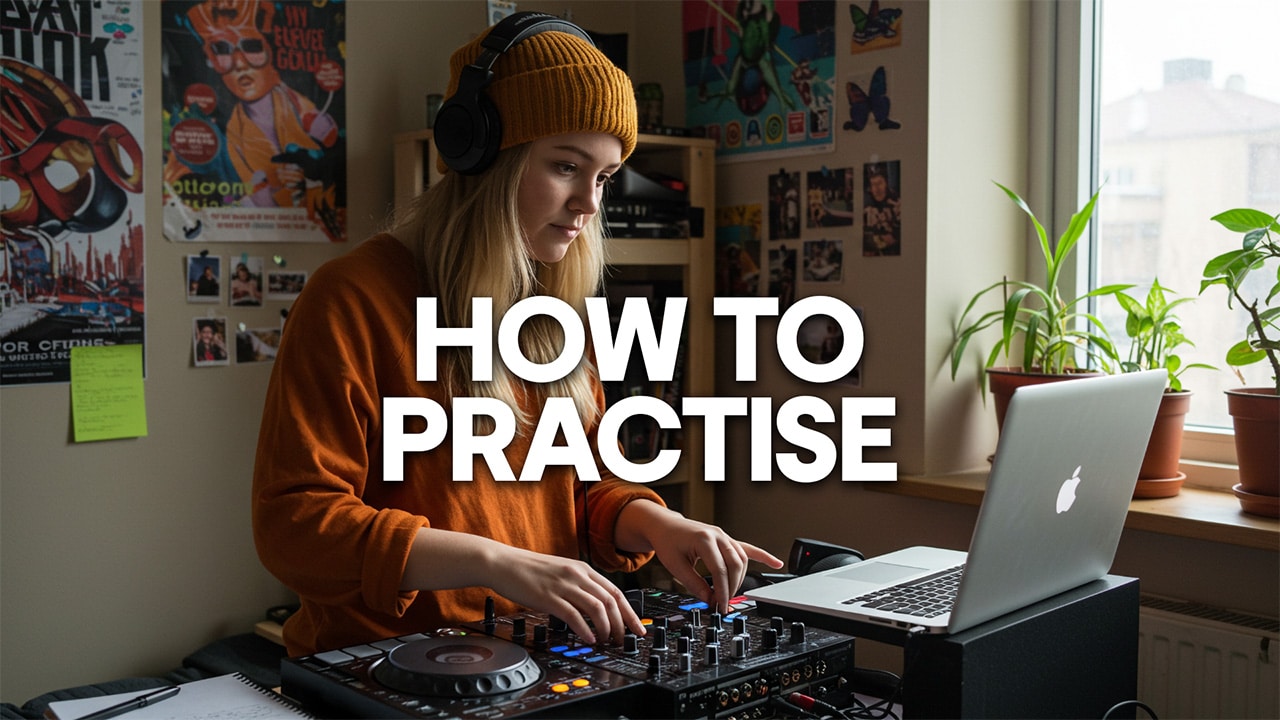
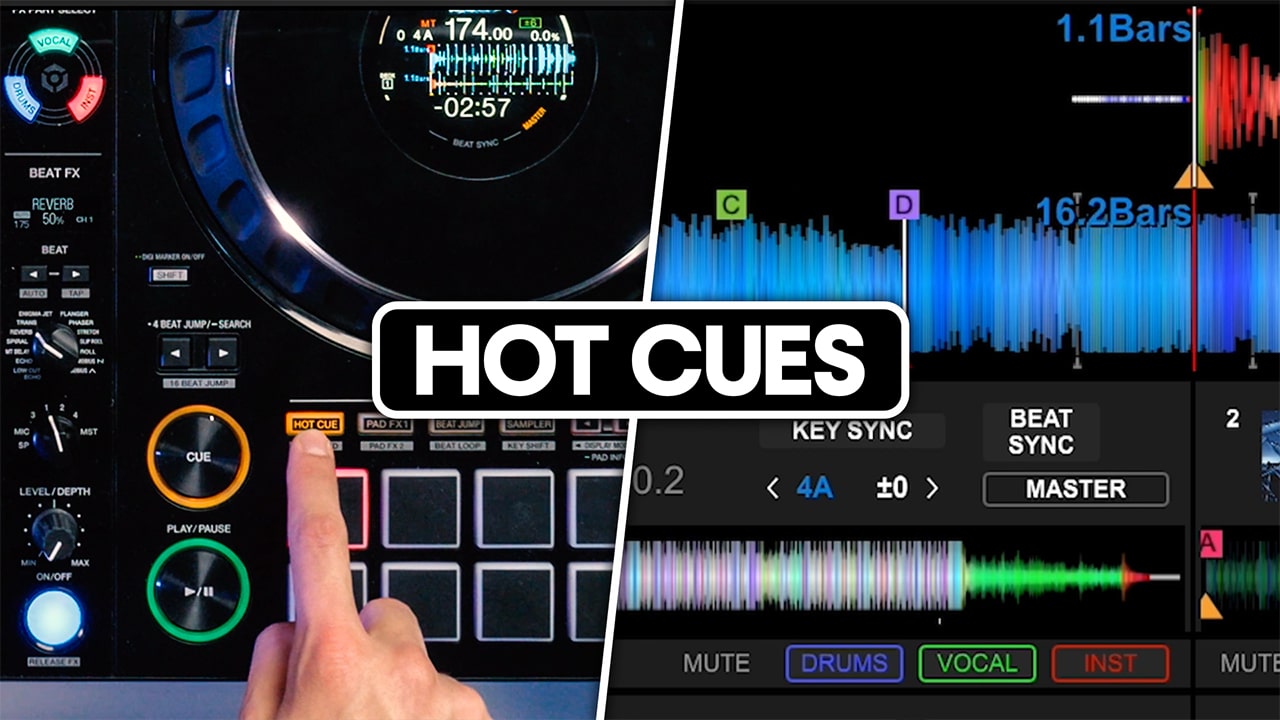
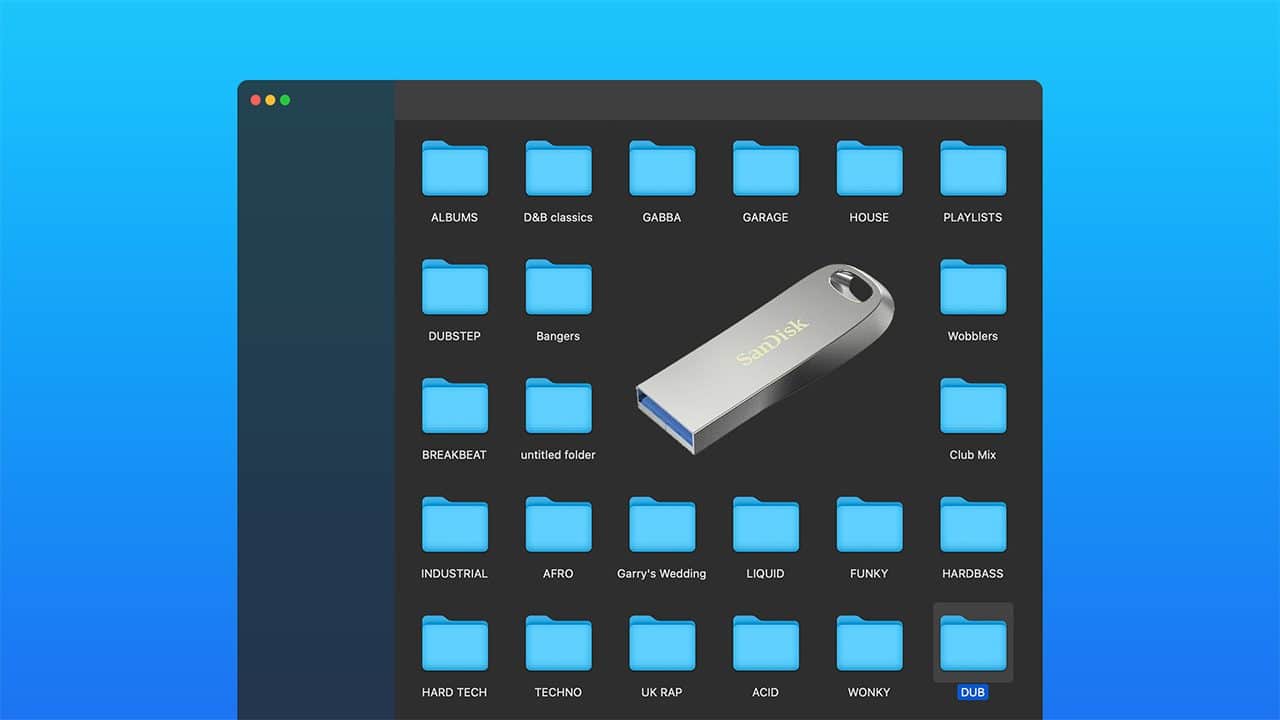
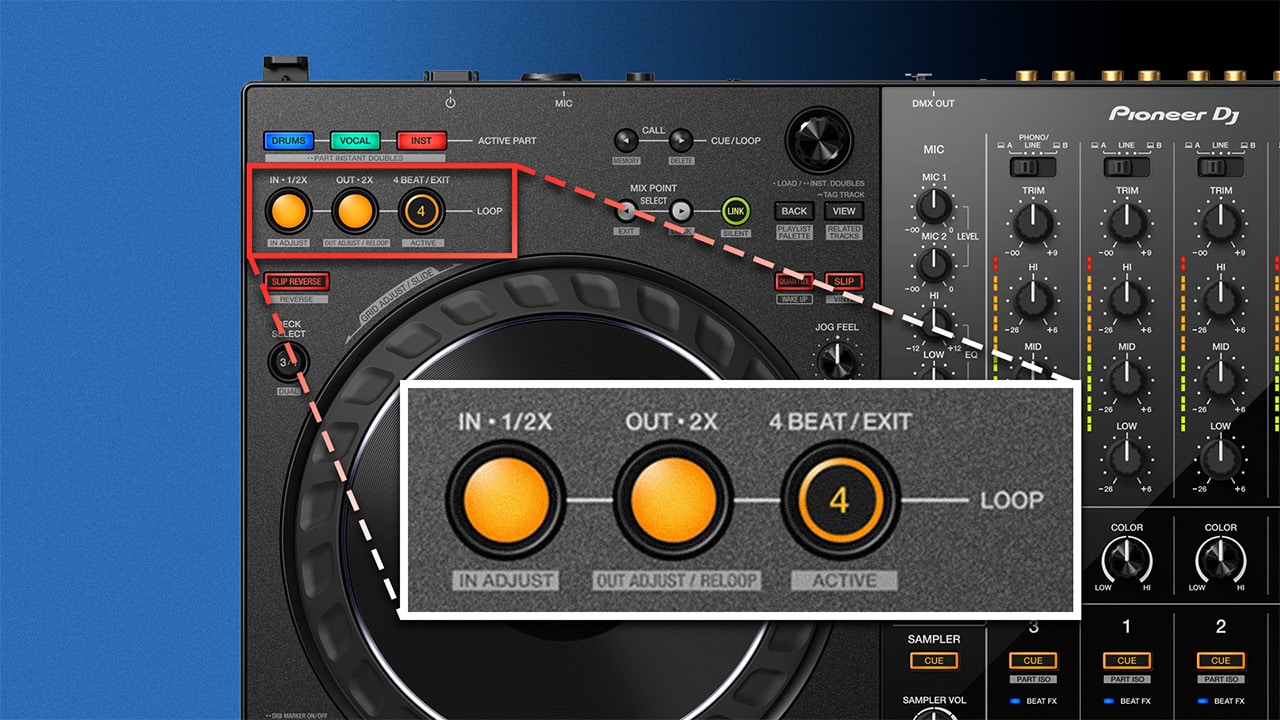
DDJ-400 v FLX6?
I hear a whisper something new is coming out slightly better than DDJ-400?